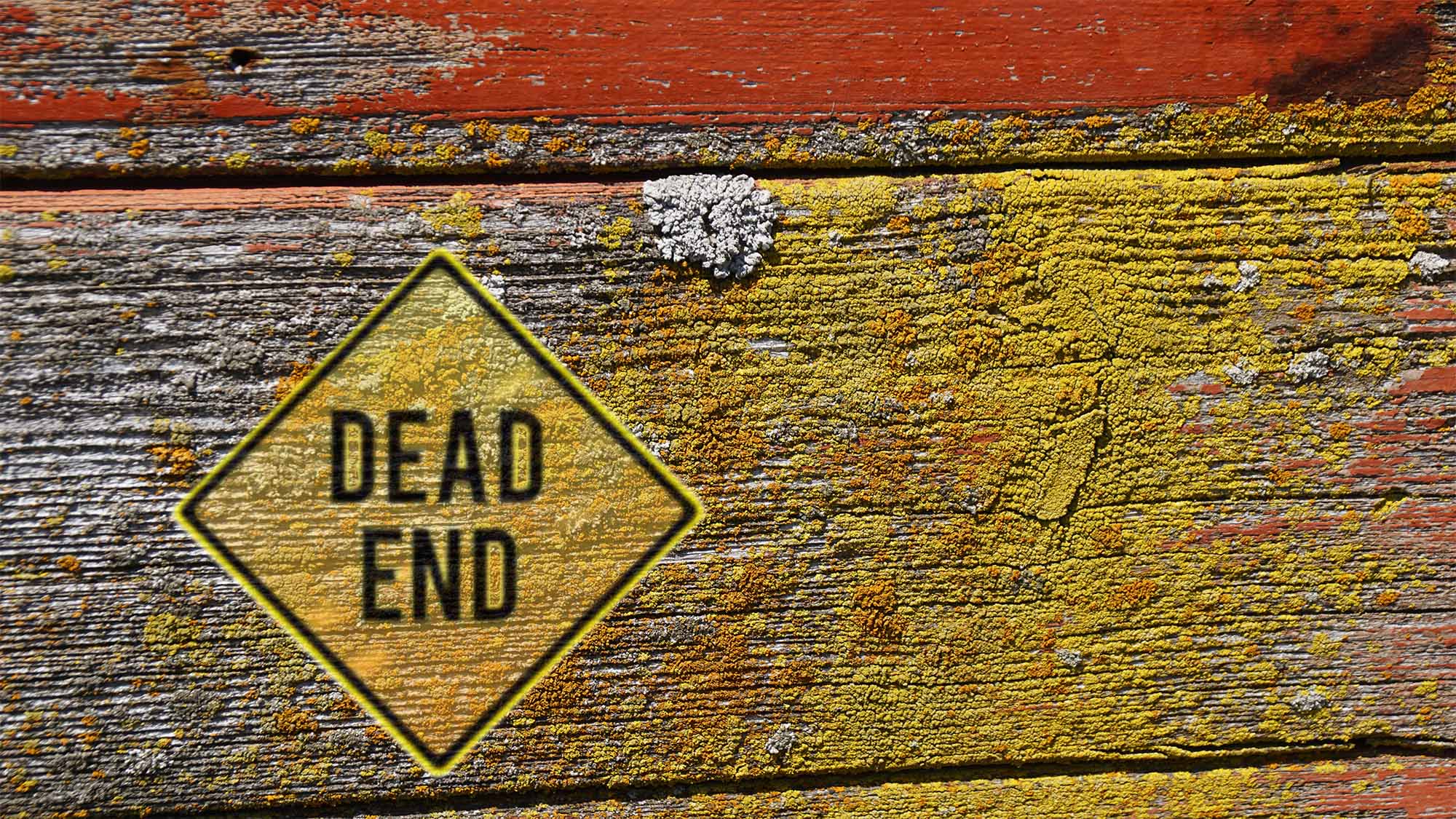“Regulatory Science” is a term often used to describe practices of national, sometime international, bodies to establish and monitor quality of pharmaceutical products such as tablet and capsule, which would include safety and efficacy aspects as well. A clear description of the term “Regulatory Science” appears to be lacking. In practice it may be considered as a practice of setting standards (specifications) and protocols for describing and establishing quality of products available on the market for human use. The underlying concepts for setting standards/specifications and protocols usually come from the fundamental principles and laws of sciences, engineering and mathematics such as biology, chemistry, manufacturing and statistics. “Regulatory Science” uses these scientific principles to set specifications and protocols, rather than generating new scientific knowledge which is generated under the auspices of a specific scientific and/or engineering discipline. Therefore, regulatory bodies hardly ever generate new scientific knowledge but use it to generate specifications and standard procedures for implementation for the public good. The authorities also get the mandate to enforce the developed and suggested specifications and protocols – as these are intended to be followed. This mandate of enforcement results in the term “compliance” i.e. industry must adhere (“compliant”) to the standards and protocols for their manufactured products to be approved for marketing.
The role of the authorities may be explained with an analogy of a distribution company (e.g. Amazon, eBay, Costco) which acts as a go-between a manufacturer and its consumers. These distributors hardly ever manufacture or develop any of the listed products they sell; however, they provide assurance about the quality of the products and their appropriate delivery to the consumers or customers meeting well described quality standards/specifications. The distributors’ role is limited only to providing or transferring quality products from manufacturers to consumers nothing more. If a product has a fault or issue of quality/compliance, discovered through distributor’s own internal audit or by third party, the particular supplier or manufacture of the item is informed. The manufacturer has to deal with the issue. The distributor does not start addressing the issue or advising the manufacturer as to how to fix the manufacturing problem as they would lack needed expertise. If the manufacturer is unable to resolve the issue then the product has to be taken of the market.
Considering the pharmaceutical product manufacturing area, the regulatory authorities’ mandate is that of a go-between, like a distributor as described above, to ensure that the manufactured products available on the market must be of quality. For this, authorities have to define a “quality product” and then set its “quality attributes”, along with measurable specifications, in collaboration with the manufacturers. Unfortunately, the authorities do not provide definition/criteria for the “quality product” but expect that the manufacturers must provide quality products – obviously they can’t! Therefore, by default manufacturers become guilty of not providing quality products and thus they need to be “corrected or fixed”.
With this presumed lack of trust or capability of the manufacturers came the regulatory guidance and inspection based system to guide and/or advise the manufactures as to how to manufacturer quality products. Therefore, mandated responsibilities of the authorities have completely deviated (metamorphosed) from establishing and monitoring quality of the products to the quality of the manufacturing. Considering the lack of competencies of the authorities in manufacturing, as they never manufacture or develop any product like the above mentioned distributors, understandably they would be unable to advise the industry appropriately and correctly especially in the absence of a definition of quality products and their attributes. Rather than providing appropriate definition and standards for quality products which industry should follow authorities frequently start a new fad of “science based guidance” documentation such as SUPAC, IVIVC, QbD, ICH, cGMP, PAT, inspections etc., commonly even violating well-established scientific principles, for enforcing a new set of requirements for manufacturing. This practice has resulted in perpetual cycles of more guidance documents, reorganizations, rebranding and policing activities turning the authorities from facilitators to bullies blaming and/or punishing the industry for not following quality standards and practices. It is impossible for the industry to follow arbitrary protocols and/or employing non-validated tests and procedures, as recommended and required by the authorities, to provide a scientifically valid outcome and by extension quality products. This has put enormous burden, administrative and financial, on the industry and society in general – without improvement in manufacturing or availability of quality products and/or addition of any other value.
Therefore, to resolve this issue the regulatory authorities, world-wide, should reconsider focusing their role as the standards setting organizations for the products and not that of providing guidance to the industry as how to manufacture products and market these to the public.
Some relevant links which would be useful read in this regard:
(1) http://www.drug-dissolution-testing.com/?p=3040
(2) http://www.drug-dissolution-testing.com/?p=3047

